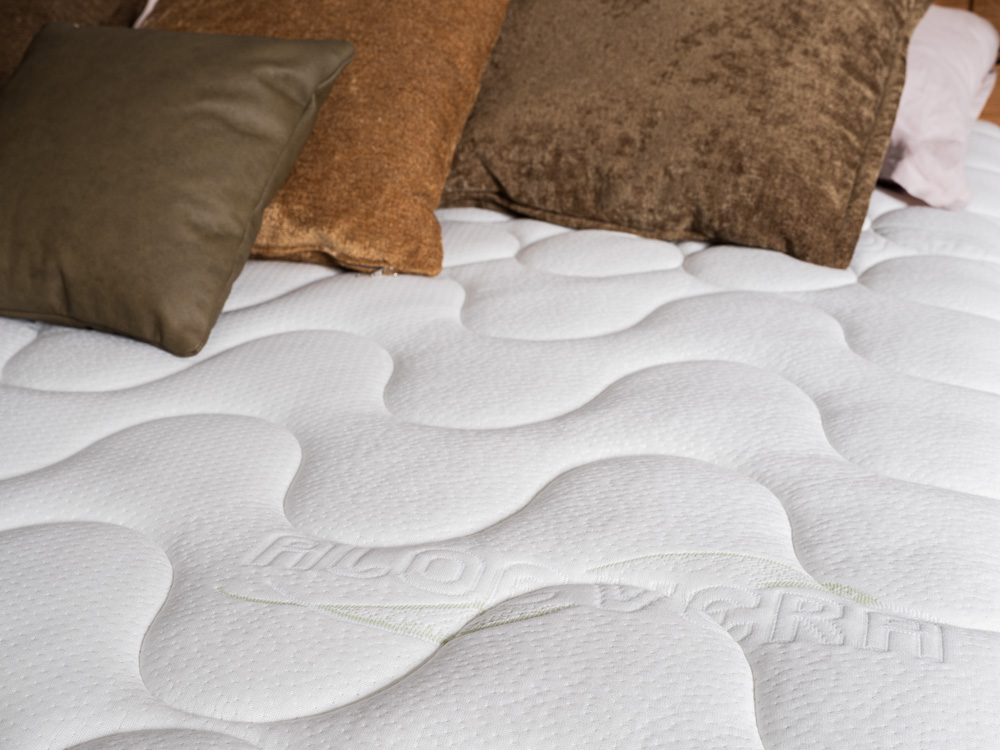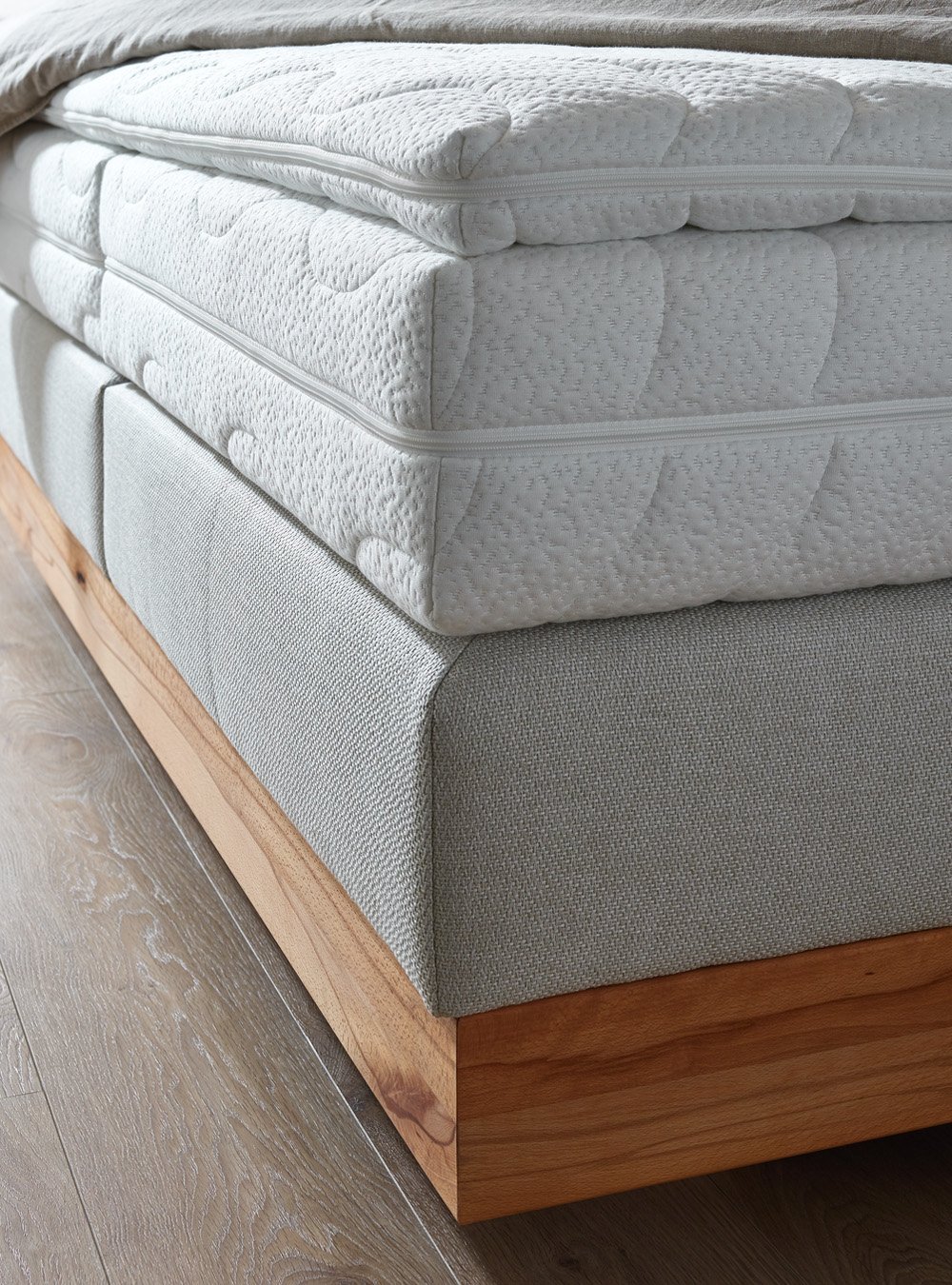How to clean and care for your mattress
To ensure a hygienic and healthy sleeping climate, it is important to clean and care for your mattress regularly. The following tips will help you!
Research shows that the average adult loses between a half to a full litre of fluid (water, salts and proteins) during the night. Some of the moisture exits our bodies through the air we breathe. However, most of it ends up in the mattress. After a period of eight years, this can amount to 2,000 litres – or the equivalent of 10 full bathtubs. With added body heat, this moisture in the mattress offers a good breeding ground for bacteria and mould. From a hygienic point of view, therefore, it is advisable to clean your mattress on a regular basis. The following tips will help you to clean and care for your mattress properly:

- After getting up, let the bed surface air out well before placing a blanket over it.
- Thoroughly air out your bedroom each day (ventilate briefly with the window fully open).
- Turn and rotate the mattress every time you change the bed linen, but at least every 4 to 5 weeks (except for mattresses with fixed sides for lying and/or head and feet, in which case they should be removed from the bed and aired more often instead). This contributes to the ideal regeneration of the materials and helps to prevent mould, moisture and heat build-up.
- Mattresses should never be cleaned with a vacuum cleaner. This loosens deeply penetrated debris, only some of which the vacuum cleaner can pick up. Minerals, dander, etc. can be brought to the surface, dramatically increasing any allergy-triggering effects.
- Mattress covers are available in many designs. With a viscose content of up to approx. 35%, for example, the fabric is excellent at absorbing moisture, ensuring a dry night’s sleep. It is important to clean mattress covers at least twice a year. Today, almost any good mattress has a removable cover. Depending on the type, the cover can be cleaned or washed at temperatures up to 95° degrees. This suppresses allergy-triggering factors for a certain amount of time. Follow the care instructions.
- If you are extremely allergic to house dust mites, you should use protective covers from specialist medical retailers. However, some of these have the disadvantage that the fluid released by the sleeper cannot be absorbed.
- Depending on the degree of use, a mattress should be replaced after 8 to 12 years.

